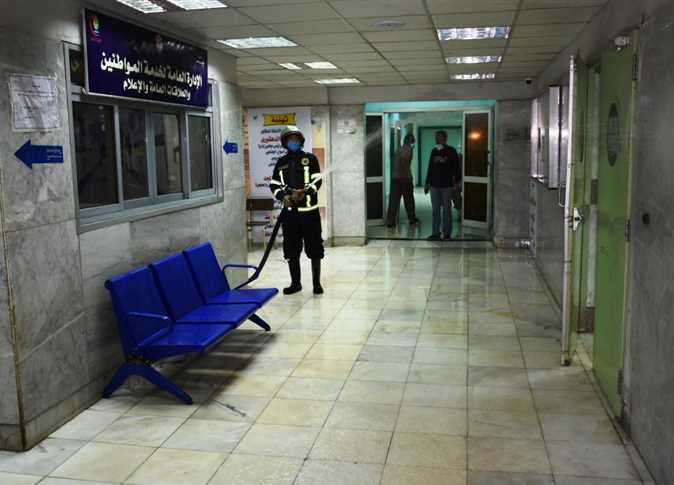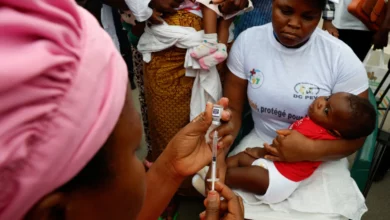
A quarter of all global deaths of children under five are due to unhealthy or polluted environments including dirty water and air, second-hand smoke and a lack or adequate hygiene, the World Health Organization (WHO) said on Monday.
Such unsanitary and polluted environments can lead to fatal cases of diarrhea, malaria and pneumonia, the WHO said in a report, and kill 1.7 million children a year.
"A polluted environment is a deadly one -– particularly for young children," WHO Director-General Margaret Chan said in a statement. "Their developing organs and immune systems, and smaller bodies and airways, make them especially vulnerable to dirty air and water."
Harmful exposure can start in the womb, and then continue if infants and toddlers are exposed to indoor and outdoor air pollution and second-hand smoke, WHO said in the report "Inheriting a sustainable world: Atlas on children's health and the environment".
This increases their childhood risk of pneumonia as well as their lifelong risk of chronic respiratory diseases such as asthma. Air pollution also increases the lifelong risk of heart disease, stroke and cancer, the report said.
The report also noted that in households without access to safe water and sanitation, or that are polluted with smoke from unclean fuels such as coal or dung for cooking and heating, children are at higher risk of diarrhea and pneumonia.
Children are also exposed to harmful chemicals through food, water, air and products around them, it said.

Maria Neira, a WHO expert on public health, said this was a heavy toll, both in terms of deaths and long-term illness and disease rates. She urged governments to do more to make all places safe for children.
"Investing in the removal of environmental risks to health, such as improving water quality or using cleaner fuels, will result in massive health benefits," she said.
(Reporting by Kate Kelland, editing by Jeremy Gaunt)




